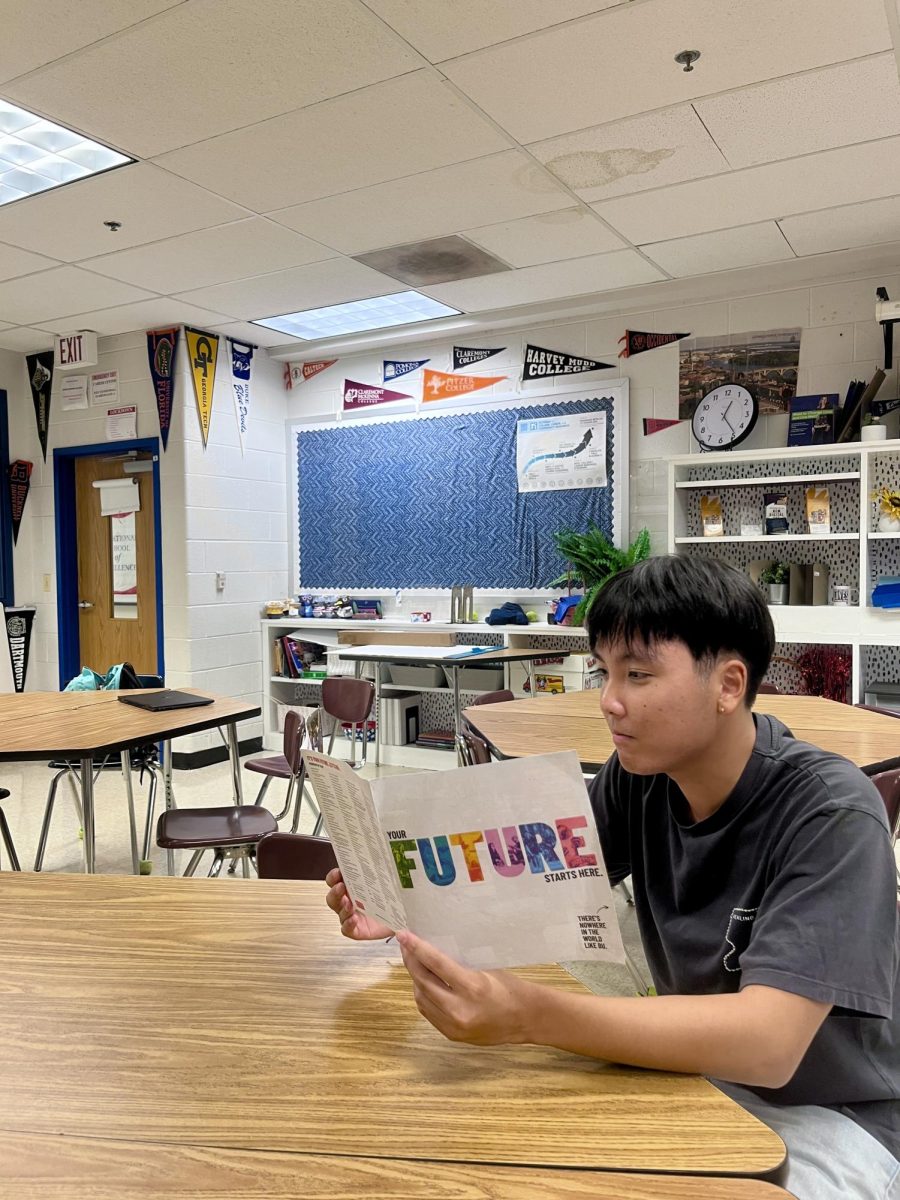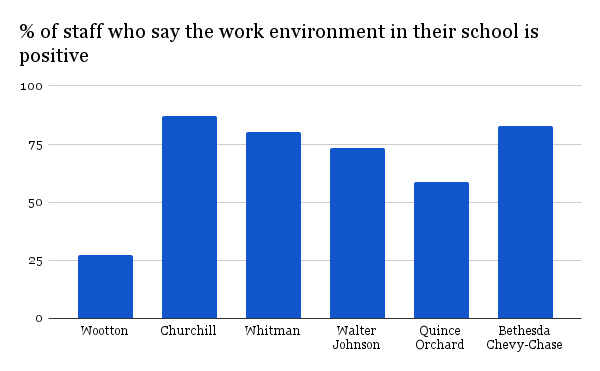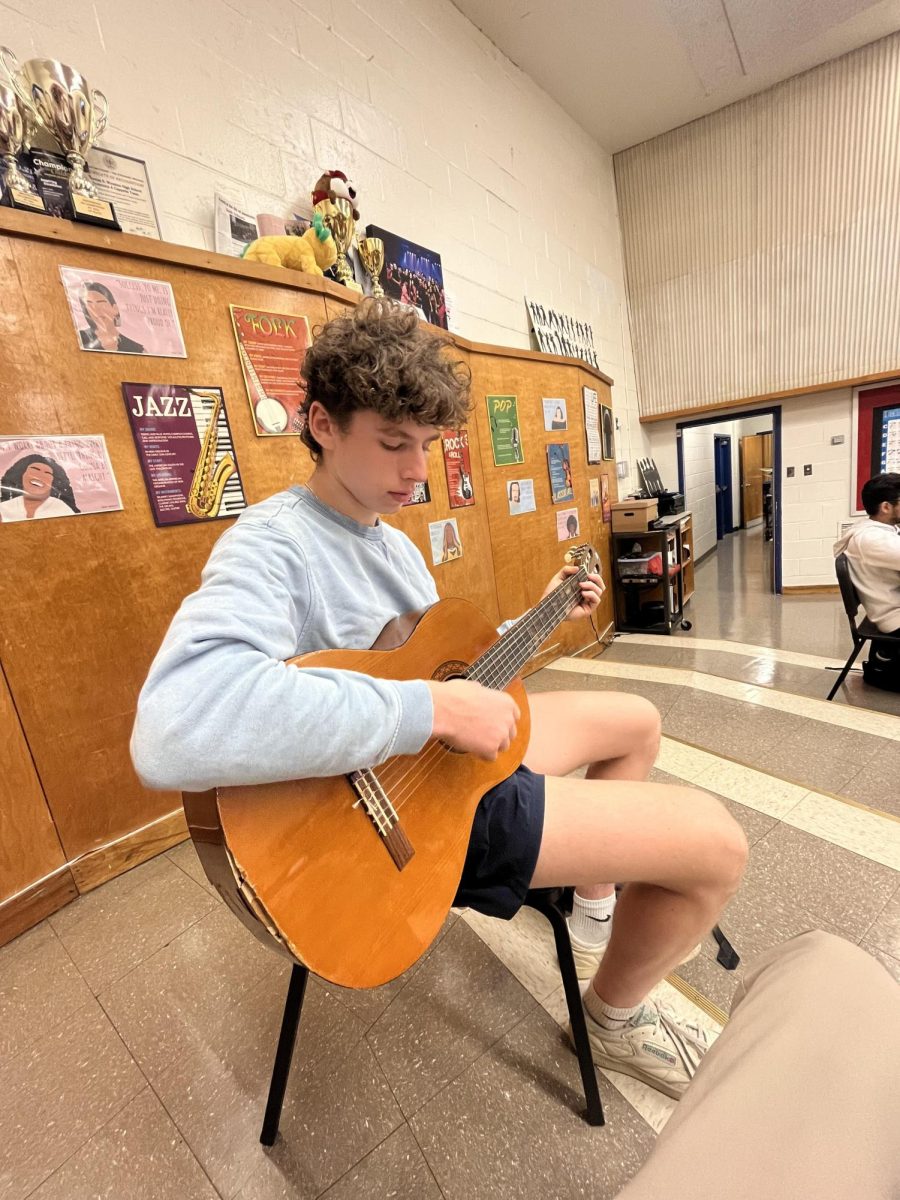Multiple factors contribute to the way students learn, like how teachers decorate their classrooms, the temperature and the lighting. The way a classroom is decorated plays an important part in how well students are able to learn and focus during class. When a teacher decorates their classroom, “it reflects their personality,” AP Psychology teacher Jenn Bauer said.
In a decorated classroom environment, a welcoming and positive mood is set for the students who walk in to learn. However, if a classroom is overly decorated, the crowded decorations may interfere with a student’s ability to focus and pay attention. Bauer goes through her room every couple of months to take down posters, ensuring it isn’t too cluttered and distracting.
Classroom decorating affects each student differently. Junior Eva Veizis prefers a more decorated classroom. “I feel like if a classroom is more vibrant in color, and the teacher puts more effort into decorating it, I would be able to learn better,” Veizis said.
An overly decorated classroom isn’t the only thing that can negatively affect how students learn. A more bland and non-decorated classroom may bore students, giving them less motivation to pay attention. “If it’s boring and sterile, students aren’t as excited to be there,” Bauer said.
Sophomore Sris Cherukuri said that the decorations in a classroom don’t affect his learning, but he does prefer a less decorated classroom. “I’m not affected by the decorations in a classroom, but I know for most kids it is a distraction. A more bland classroom I feel is better for most people,” Cherukuri said.
The temperature of a classroom is another contributor to how well a student can focus. For a classroom to be too hot or too cold, students’ minds might drift, and start to lose concentration because of the uncomfortable temperature. “I feel that if it’s too cold, it does affect how I learn. All I can think about is how cold I am and how warm I want to be,” Veizis said.
For Cherukuri, a colder classroom is more suited for his learning. “It’s got to be cold; when it’s hot I can’t focus and I can’t study,” Cherukuri said.
The type of lighting in a classroom also plays a role in how well students perform and are able to process information. “I like the lights up, the kids aren’t sleepy; too dark, they nap,” Bauer said.
Veizis has a take on what she prefers in a classroom setting. “I prefer bright lights. If the lighting is more dim and yellow, it makes me feel exhausted and more asleep,” Veizis said.
A setting of more bright lights for students might be preferred in order for them to stay more alert. According to Bauer, her students also enjoy having the lights on instead of a dim setting. “As long as it’s not pitch black, and it can’t be too bright, my eyes will get messed up,” Cherukuri said.


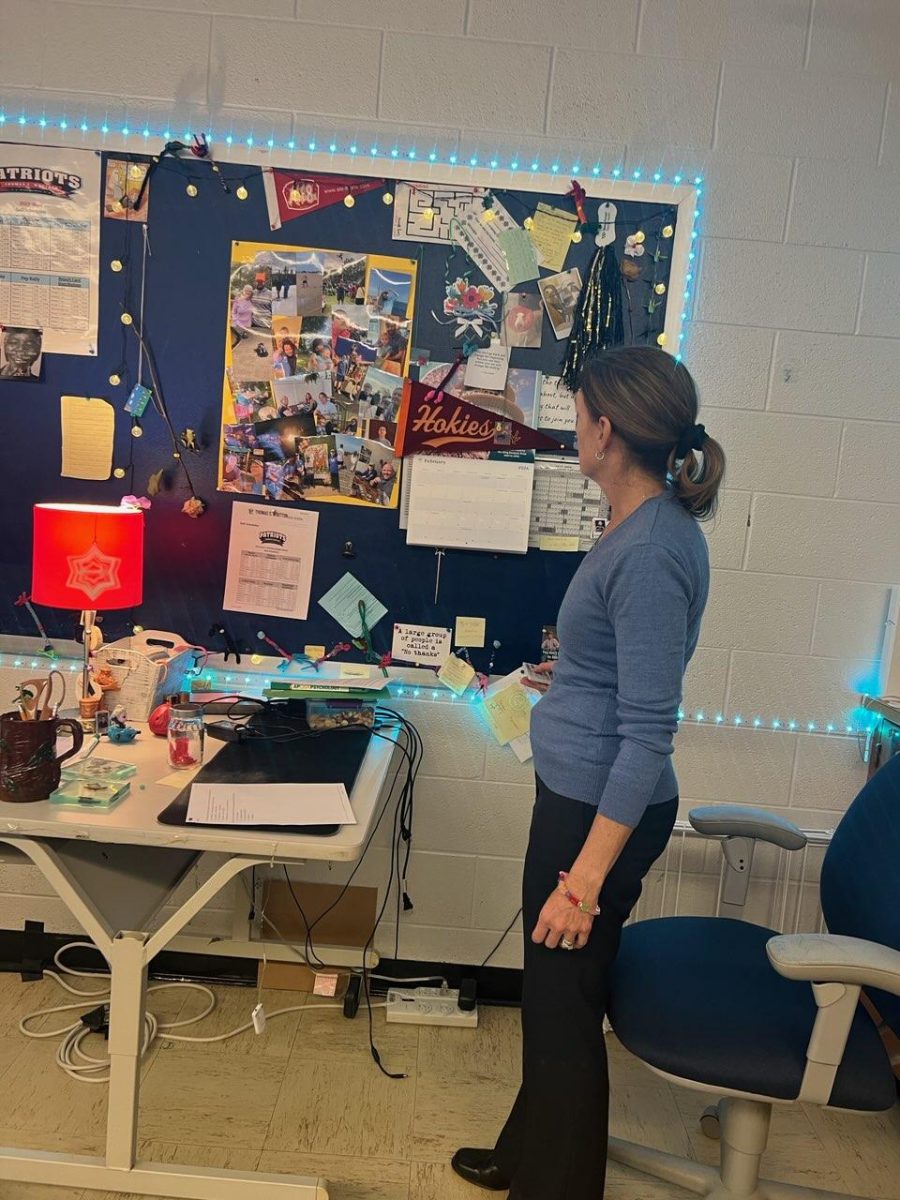
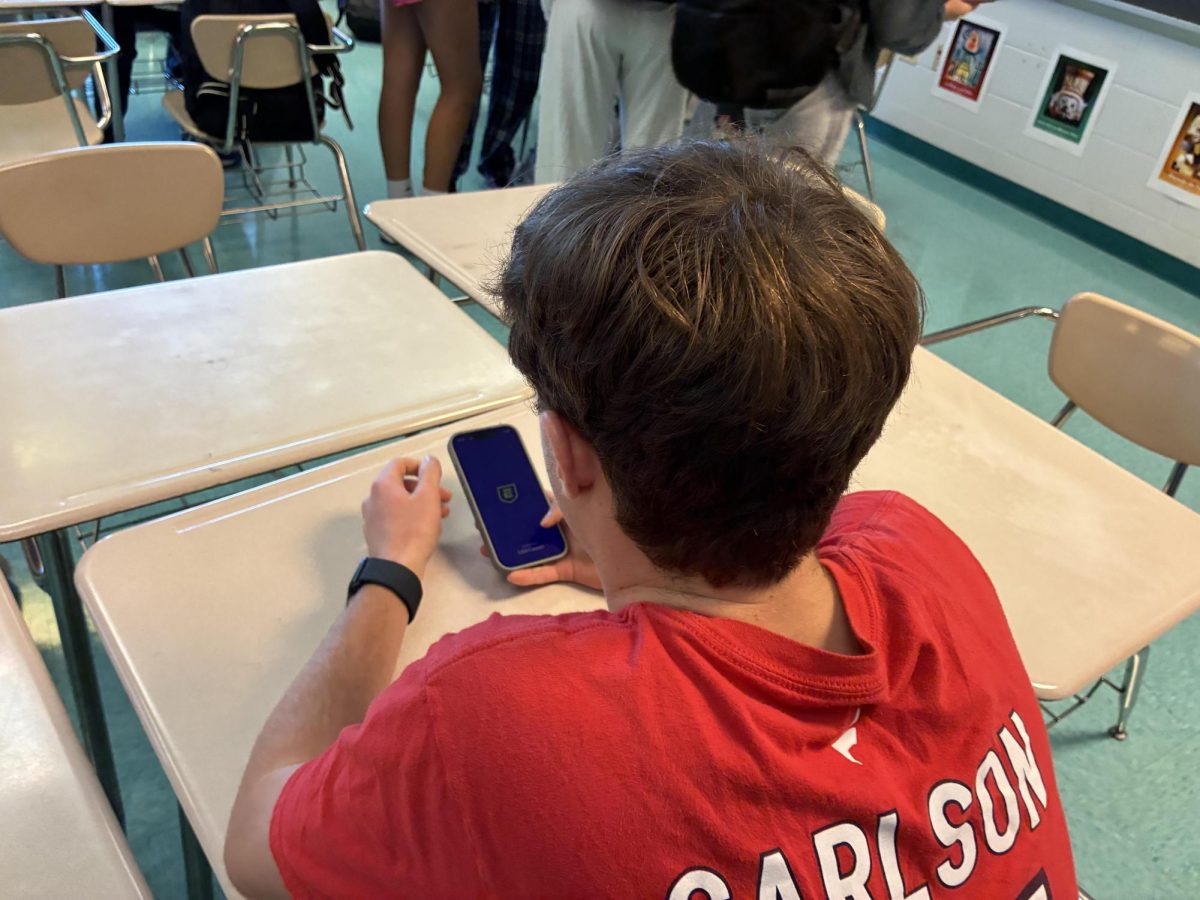
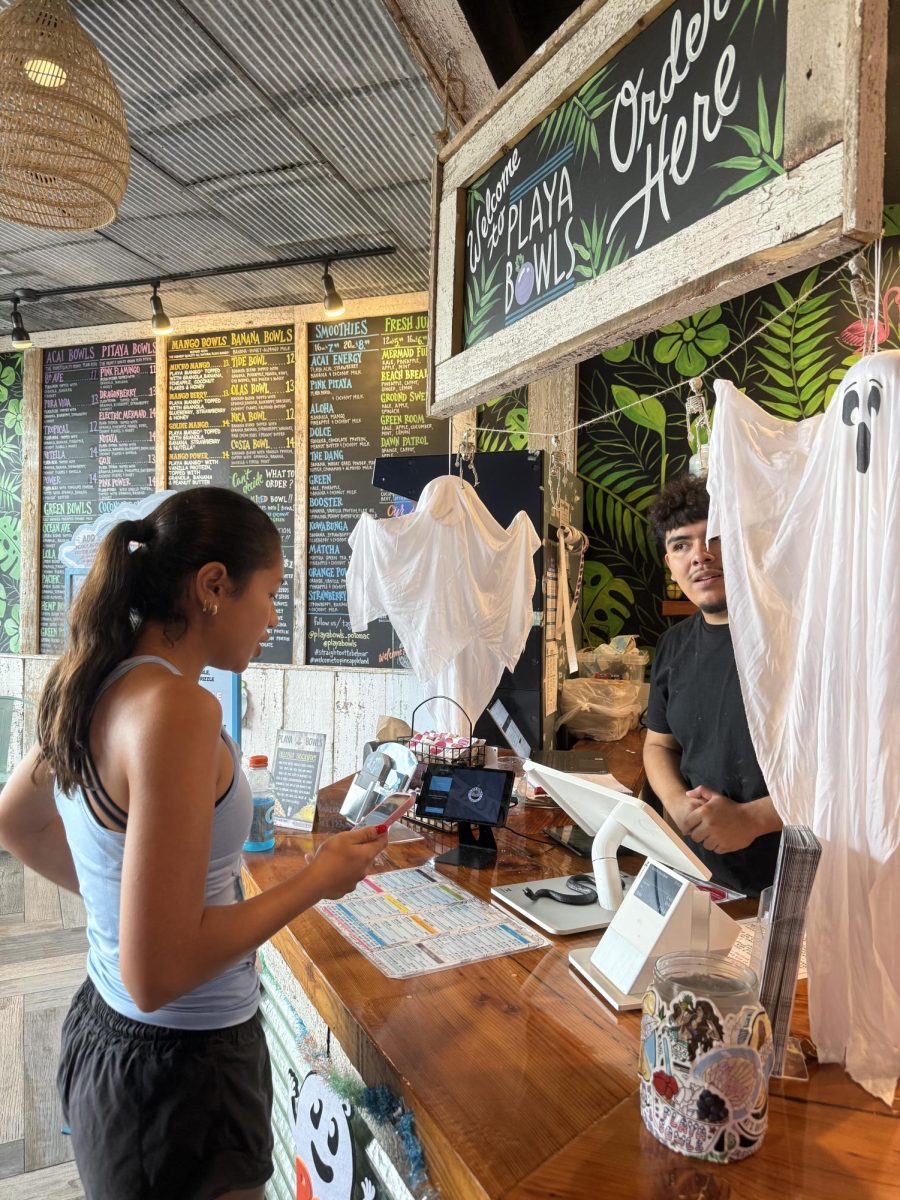
![Editors-in-Chief Ahmed Ibrahim, Helen Manolis, Cameron Cowen, Alex Grainger, Emory Scofield, Hayley Gottesman, Rebekah Buchman and Marley Hoffman create the first print magazine of the year during the October press days. “Only a quarter of the schools in MCPS have programs that are like ours, a thriving, robust program. That makes me really sad. This is not just good for [the student journalists] to be doing this, it’s good for the entire community. What [student journalists] provide to the community is a faith in journalism and that continues for their lifetimes," Starr said.](https://woottoncommonsense.com/wp-content/uploads/2025/10/wmpoFTZkCPiVA3YXA4tnGoSsZ4KmnKYBIfr18p3l-900x1200.jpg)
